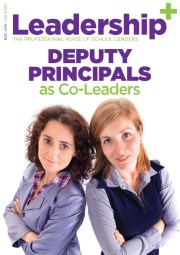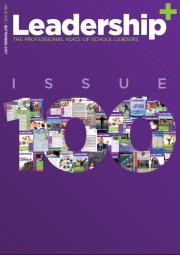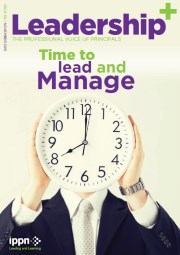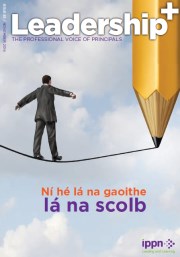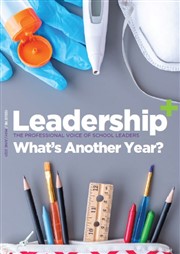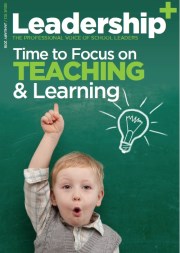'The Budget offended ordinary people and trampled on the aspirations they hold for their own children'
- Published: 09 December 2008
Source : Irish Times
SEÁN FLYNN EDUCATION EDITOR
Tue, Dec 09, 2008
It was the biggest education protest in the history of the State, reflecting seething anger about the Budget cuts. But the huge success of Saturday's march was the culmination of a skilfully organised campaign over several months
AT AROUND 2pm on Saturday, the education protest march finally made it to Dublin's Merrion Square. Various education leaders - trade unionists, school managers and parent groups - took their place on the platform outside Government buildings. As they surveyed the huge crowd, they could scarcely believe their eyes. There were tens of thousands of protesters, over 50,000 in all, stretching far into the distance.
What was most impressive on Saturday was the huge number of ordinary citizens - parents, office workers, hospital staff - who had gathered to show solidarity. The protest was compared to the Teachers United campaign which mobilised over 20,000 to Croke Park in 1985.
But this was different. In 1985, it was exclusively teachers marching in support of better pay. On Saturday, it appeared every section of society had been galvanised into action by the Budget cutbacks.
It was the mean-spirited and scattergun nature of the Budget cutbacks that was the catalyst for action. The October 14th Budget didn't just increase class size; it cut into a range of programmes designed to help disadvantaged kids, newcomer children and those with special needs.
The Budget offended ordinary people and trampled on the aspirations they hold for their own children. On Saturday, parents told how they needed smaller, less crowded classes for their children. Protesters from eastern Europe told how the cuts in language support would damage their job prospects.
Saturday's march was the culmination of a protest campaign over two months, which drew over 35,000 people to the streets of Galway, Tullamore, Cork and Donegal.
The campaign swung into action within days of the Budget. John Carr, the INTO general secretary was a key figure. For the INTO, reductions in class size have been its main policy focus for years. Ireland has the most overcrowded classrooms in the EU.
Carr was reassured by a pre-Budget meeting with Minister for Education, Batt O'Keeffe and his officials. Class size might not be reduced in the Budget but it certainly was not going to increase; that at least was the conclusion the INTO drew from the meeting.
Carr found out about the Budget decision to increase class size in Buswells Hotel beside the Dáil on Budget Day. For him, the implications were clear; over 1,000 teaching posts would be lost at primary level and the quality of education would be severely damaged. No other front line service was asked to take a similar hit, he says.
The sense of outrage was just as keen at second level, where 800 posts would be lost and key programmes left without funding. School manager groups, not noted for hyperbole, warned of "chaos"' in schools.
An initial protest march - hastily organised to support a Labour Party motion on the cuts - attracted an impressive 8,000 protesters to the Dáil. Now, the challenge was to roll out a nationwide campaign of protest.
Within a fortnight of the Budget, teacher unions, school managers and parents managed to forge an alliance. All three teaching unions - the INTO, the ASTI and the TUI - established small groups to run the joint campaign. The Irish Federation of University Teachers (IFUT) also joined the new group, now called "Schools United".
The presidents of the three teaching unions - Declan Kelleher (INTO), Pat Hurley (ASTI) and Don Ryan (TUI) - were key figures in building support for the rolling series of protests which began in Galway seven weeks ago.
Other key figures included Paul Rowe of Educate Together (an influential voice among primary school managers) and Ferdia Kelly, who represents school management in over 400 secondary schools.
The new Partners In Education Group - uniting the National Parents Council (post-primary) with teacher unions and school mangers also helped to build the campaign.
The INTO, in particular, was well primed for the campaign. In many respects, the current protest is a re-run of last year's INTO campaign against class size, which drew more than 18,000 to 30 protest meetings. This forced a Government U-turn on the issue - and a commitment to smaller classes in the run-up to last year's election.
This year, the protest campaign built up considerable momentum as it progressed. Over 8,000 attended the first march in Galway, but by the time it reached Cork a fortnight ago,there were 20,000 people on the streets.
The teacher unions say that Batt O'Keeffe proved to be their best recruiting sergeant. Says one teacher leader: "When he accused us of scaremongering, it really motivated people to get out and protest. And when he said teachers were abusing sick leave on Mondays and Fridays, the campaign went into overdrive."
Those involved in the leading the campaign say it was the involvement of ordinary outraged citizens that has given the campaign its lifeforce. There is a real sense, says one, that teachers, parents and the whole community are on the one side ... fighting to protect our children."
© 2008 The Irish Times




















